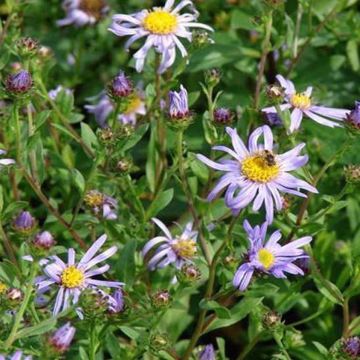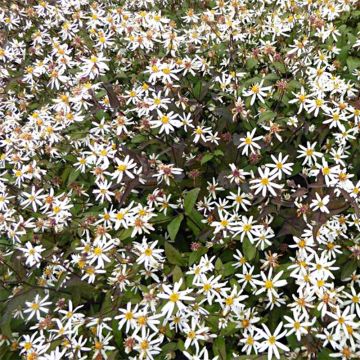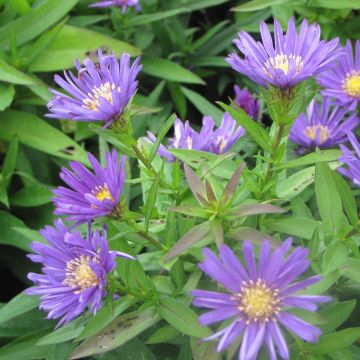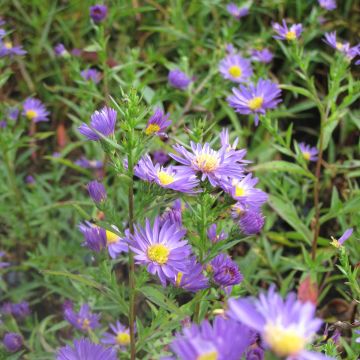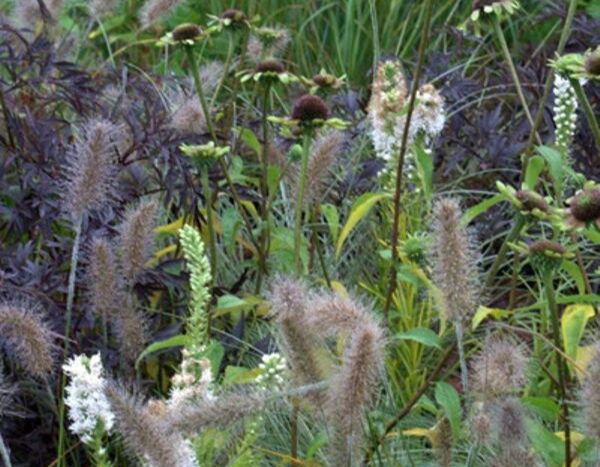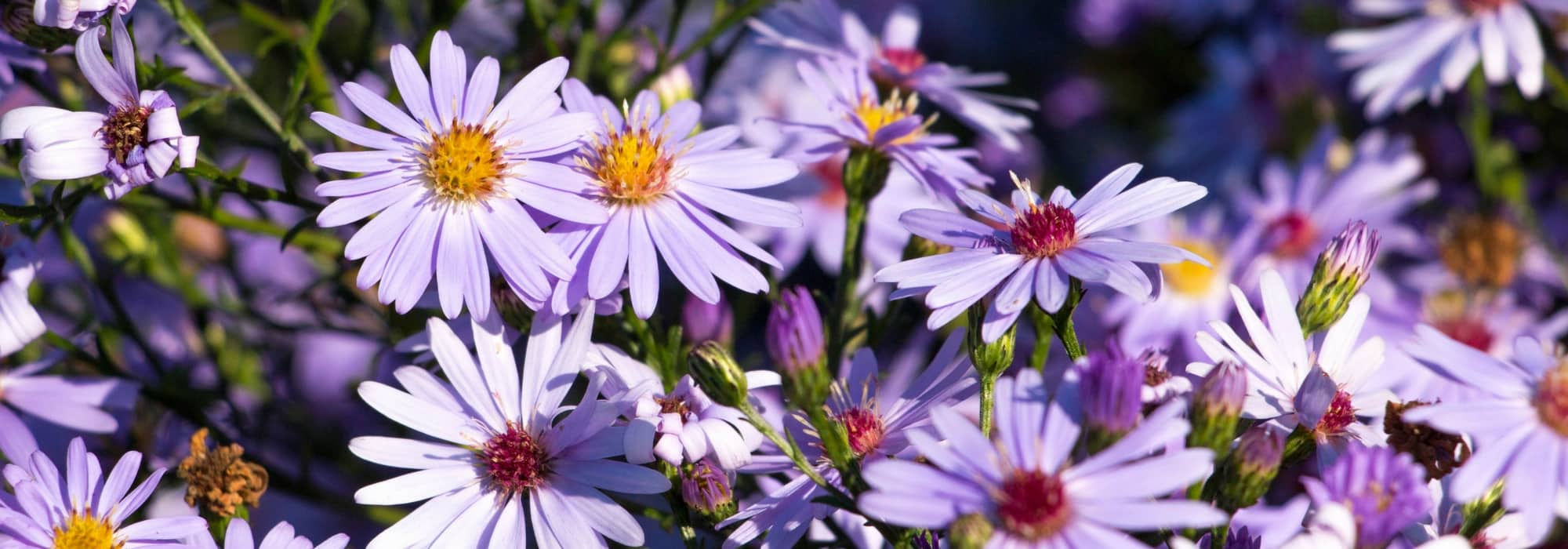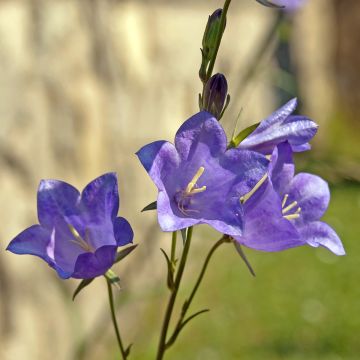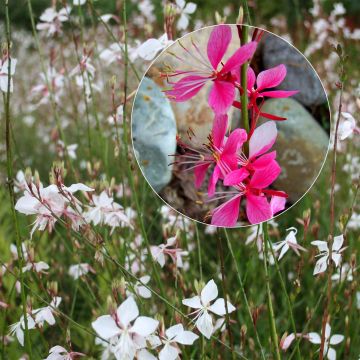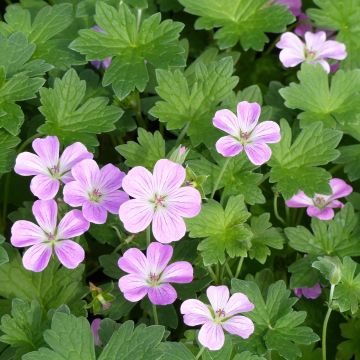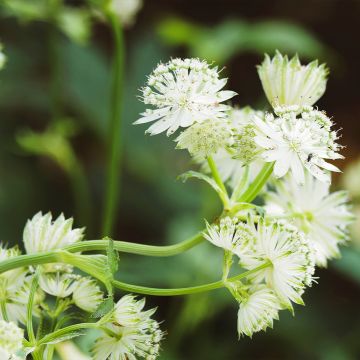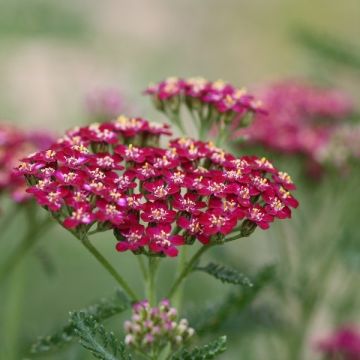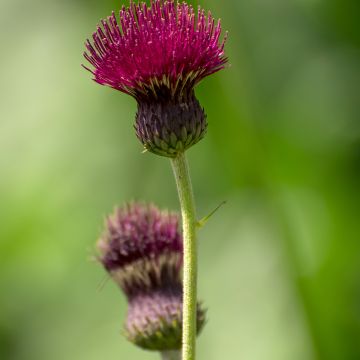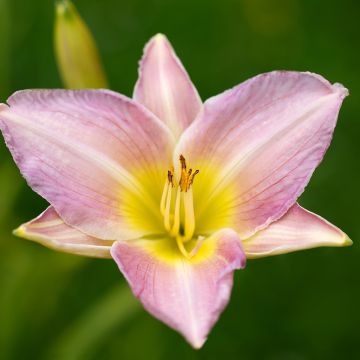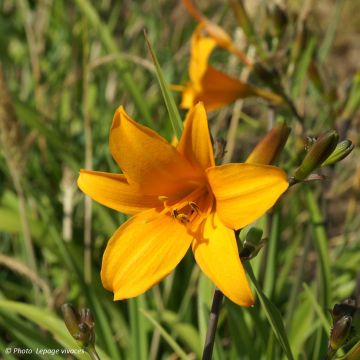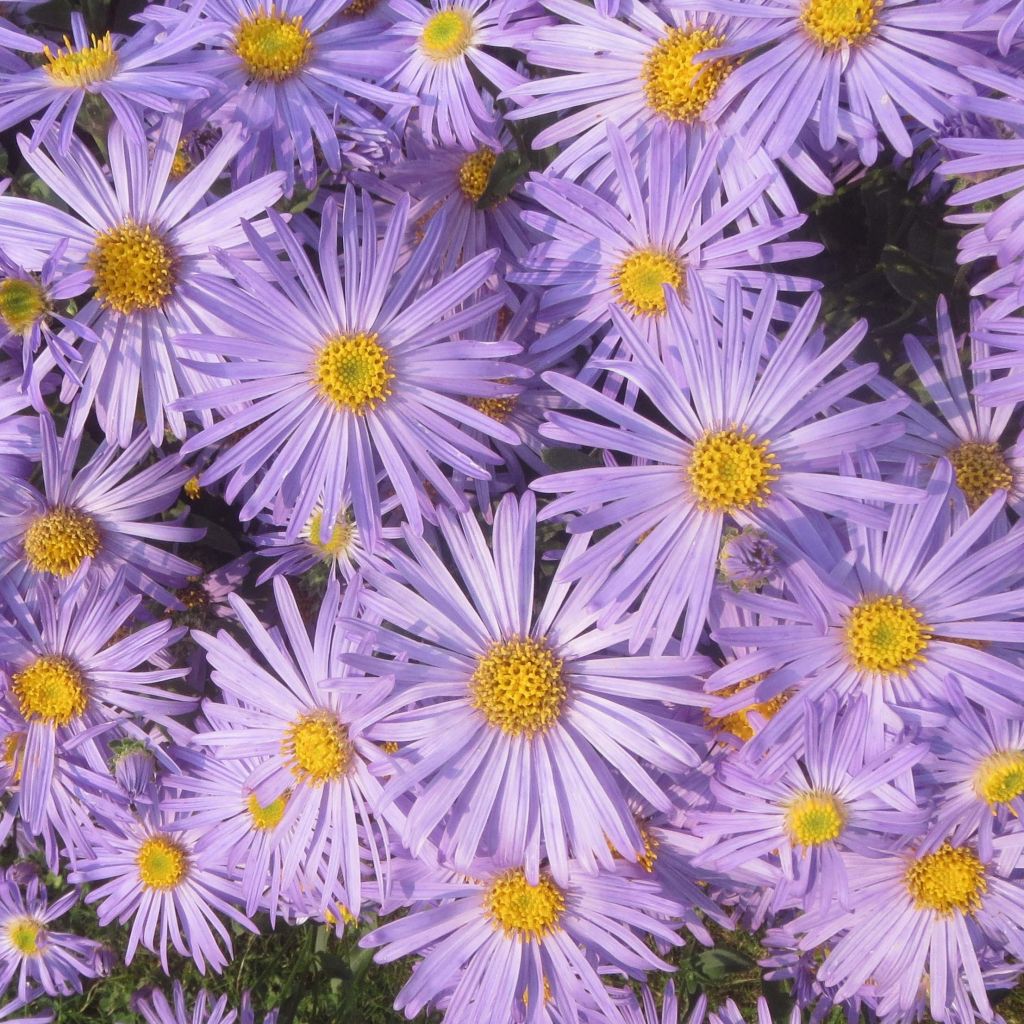

Aster amellus King George
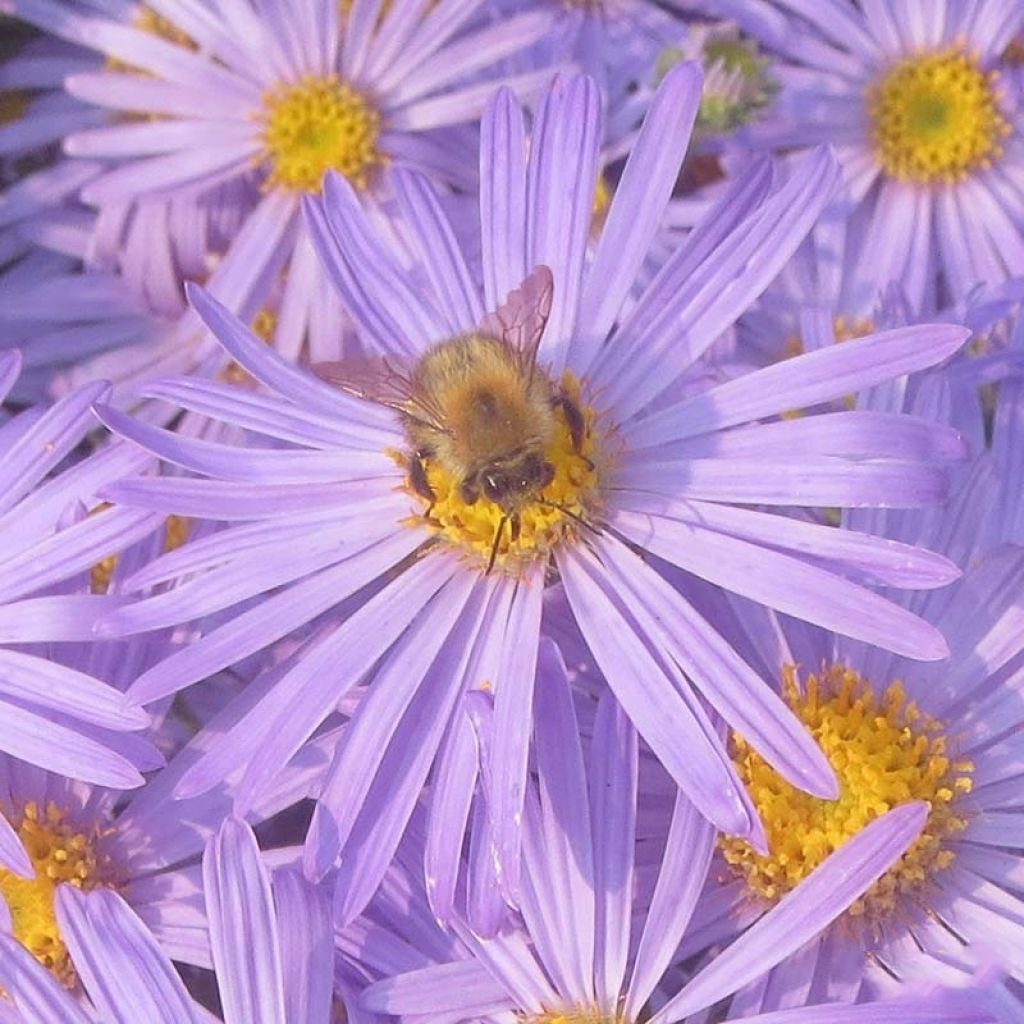

Aster amellus King George
Aster amellus King George
Aster amellus King George
Italian Aster, European Michaelmas Daisy
puny
claire, 14/04/2024
Special offer!
Receive a €20 voucher for any order over €90 (excluding delivery costs, credit notes, and plastic-free options)!
1- Add your favorite plants to your cart.
2- Once you have reached €90, confirm your order (you can even choose the delivery date!).
3- As soon as your order is shipped, you will receive an email containing your voucher code, valid for 3 months (90 days).
Your voucher is unique and can only be used once, for any order with a minimum value of €20, excluding delivery costs.
Can be combined with other current offers, non-divisible and non-refundable.
Home or relay delivery (depending on size and destination)
Schedule delivery date,
and select date in basket
This plant carries a 12 months recovery warranty
More information
We guarantee the quality of our plants for a full growing cycle, and will replace at our expense any plant that fails to recover under normal climatic and planting conditions.
Would this plant suit my garden?
Set up your Plantfit profile →
Description
Aster amellus 'King George' is one of the best varieties of summer aster, awarded by the RHS for its ornamental qualities and performance in the garden. Its sturdy stems require no staking. It produces a bright blue-mauve, early, abundant and prolonged flowering, starting from the second half of summer. This undemanding aster tolerates poor and chalky soil, as long as it remains moist. It enhances and enlivens borders during a period of the year that can be lacking in colour, bridging the gap between summer blooms and autumn hues.
Aster amellus belongs to the Asteraceae family. This plant originates from Eastern Europe and Turkey, where it grows in hillside and mountainous areas, in warm and dry locations, in meadows, in clearings, on forest edges, on slopes, and along paths.
Aster amellus 'King George' is one of its many cultivars. This perennial shows an upright clump habit, with little branching, starting from spring. It reaches a height of 60cm (24in) when flowering, and spreads 45 to 50cm (18 to 20in), with a fairly rapid growth rate. Flowering begins in August, depending on the region, and continues until the end of September. The inflorescence is a head, with peripheral ligulate flowers of a bright mauve-blue colour. The central flowers (the heart) are yellow-orange. The heads measure about 5cm (2in) in diameter and are grouped in short corymbs, numbering 2 to 6. This aster is a deciduous perennial with slightly hairy stems, whose above-ground vegetation dries up and dies in late autumn. The basal leaves are slightly pubescent, rough on both sides, usually entire, oblong, lanceolate, and medium green. The cauline leaves are sessile, meaning they have no petiole and are directly attached to the stem, and acute. This plant spreads laterally through underground woody rhizomes, without becoming invasive.
It is impossible to imagine our gardens without asters. The undemanding Aster amellus 'King George' pairs very well with all other border and bed plants, such as perennial salvias or shrub salvias, gauras, catmints, or agastaches, for example. Both cheerful and melancholic, these perennials accompany the return of autumn and the splendour of its foliage. Try combining pink and blue asters with Cotinus 'Grace', purple Physocarpus, or dwarf winged euonymus: the colour combination is astonishing. These plants are also excellent for cutting.
Aster amellus King George in pictures


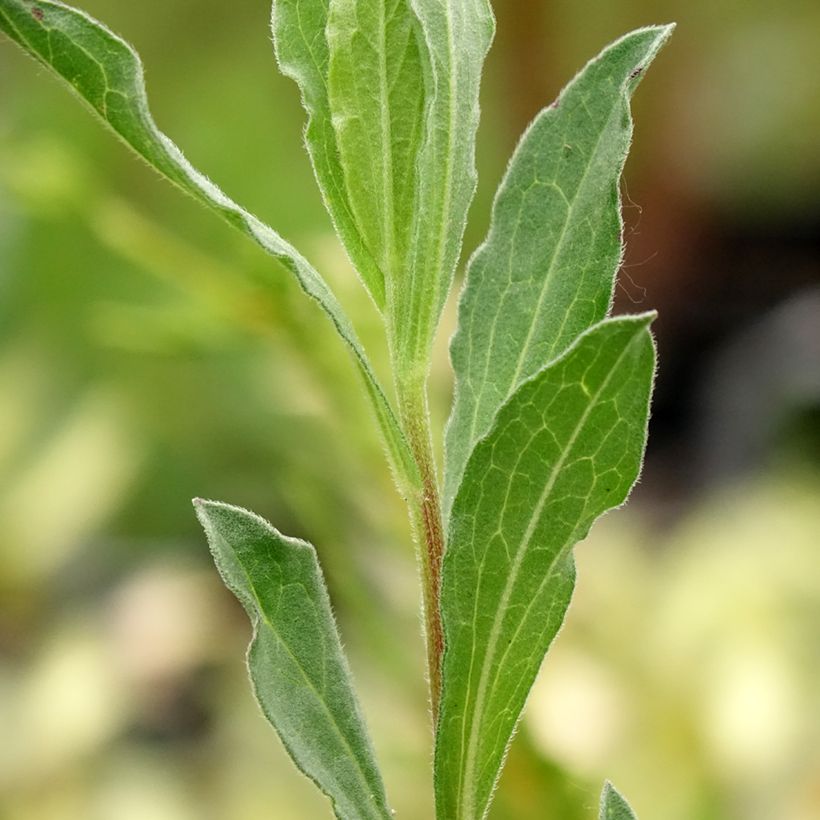

Flowering
Foliage
Plant habit
Botanical data
Aster
amellus
King George
Asteraceae
Italian Aster, European Michaelmas Daisy
Cultivar or hybrid
Other Asters
View all →Planting and care
Plant in autumn or spring in ordinary, loose, moist but well-drained soil, even limestone. It appreciates a sunny exposure but tolerates partial shade where it will have a slightly looser habit, with the stems tending to bend. Once established, it should not be moved, as it does not appreciate changes. In borders, respect a spacing of at least 50cm (20in) between plants. Water in case of heatwave. Aster amellus is not sensitive to powdery mildew. Divide clumps every three or four years to keep them floriferous. Do not replant the divisions in the same place. Provide them with rich soil. This aster is not invasive.
Planting period
Intended location
Care
Planting & care advice
-
, onOrder confirmed
Reply from on Promesse de fleurs
Similar products
Haven't found what you were looking for?
Hardiness is the lowest winter temperature a plant can endure without suffering serious damage or even dying. However, hardiness is affected by location (a sheltered area, such as a patio), protection (winter cover) and soil type (hardiness is improved by well-drained soil).

Photo Sharing Terms & Conditions
In order to encourage gardeners to interact and share their experiences, Promesse de fleurs offers various media enabling content to be uploaded onto its Site - in particular via the ‘Photo sharing’ module.
The User agrees to refrain from:
- Posting any content that is illegal, prejudicial, insulting, racist, inciteful to hatred, revisionist, contrary to public decency, that infringes on privacy or on the privacy rights of third parties, in particular the publicity rights of persons and goods, intellectual property rights, or the right to privacy.
- Submitting content on behalf of a third party;
- Impersonate the identity of a third party and/or publish any personal information about a third party;
In general, the User undertakes to refrain from any unethical behaviour.
All Content (in particular text, comments, files, images, photos, videos, creative works, etc.), which may be subject to property or intellectual property rights, image or other private rights, shall remain the property of the User, subject to the limited rights granted by the terms of the licence granted by Promesse de fleurs as stated below. Users are at liberty to publish or not to publish such Content on the Site, notably via the ‘Photo Sharing’ facility, and accept that this Content shall be made public and freely accessible, notably on the Internet.
Users further acknowledge, undertake to have ,and guarantee that they hold all necessary rights and permissions to publish such material on the Site, in particular with regard to the legislation in force pertaining to any privacy, property, intellectual property, image, or contractual rights, or rights of any other nature. By publishing such Content on the Site, Users acknowledge accepting full liability as publishers of the Content within the meaning of the law, and grant Promesse de fleurs, free of charge, an inclusive, worldwide licence for the said Content for the entire duration of its publication, including all reproduction, representation, up/downloading, displaying, performing, transmission, and storage rights.
Users also grant permission for their name to be linked to the Content and accept that this link may not always be made available.
By engaging in posting material, Users consent to their Content becoming automatically accessible on the Internet, in particular on other sites and/or blogs and/or web pages of the Promesse de fleurs site, including in particular social pages and the Promesse de fleurs catalogue.
Users may secure the removal of entrusted content free of charge by issuing a simple request via our contact form.
The flowering period indicated on our website applies to countries and regions located in USDA zone 8 (France, the United Kingdom, Ireland, the Netherlands, etc.)
It will vary according to where you live:
- In zones 9 to 10 (Italy, Spain, Greece, etc.), flowering will occur about 2 to 4 weeks earlier.
- In zones 6 to 7 (Germany, Poland, Slovenia, and lower mountainous regions), flowering will be delayed by 2 to 3 weeks.
- In zone 5 (Central Europe, Scandinavia), blooming will be delayed by 3 to 5 weeks.
In temperate climates, pruning of spring-flowering shrubs (forsythia, spireas, etc.) should be done just after flowering.
Pruning of summer-flowering shrubs (Indian Lilac, Perovskia, etc.) can be done in winter or spring.
In cold regions as well as with frost-sensitive plants, avoid pruning too early when severe frosts may still occur.
The planting period indicated on our website applies to countries and regions located in USDA zone 8 (France, United Kingdom, Ireland, Netherlands).
It will vary according to where you live:
- In Mediterranean zones (Marseille, Madrid, Milan, etc.), autumn and winter are the best planting periods.
- In continental zones (Strasbourg, Munich, Vienna, etc.), delay planting by 2 to 3 weeks in spring and bring it forward by 2 to 4 weeks in autumn.
- In mountainous regions (the Alps, Pyrenees, Carpathians, etc.), it is best to plant in late spring (May-June) or late summer (August-September).
The harvesting period indicated on our website applies to countries and regions in USDA zone 8 (France, England, Ireland, the Netherlands).
In colder areas (Scandinavia, Poland, Austria...) fruit and vegetable harvests are likely to be delayed by 3-4 weeks.
In warmer areas (Italy, Spain, Greece, etc.), harvesting will probably take place earlier, depending on weather conditions.
The sowing periods indicated on our website apply to countries and regions within USDA Zone 8 (France, UK, Ireland, Netherlands).
In colder areas (Scandinavia, Poland, Austria...), delay any outdoor sowing by 3-4 weeks, or sow under glass.
In warmer climes (Italy, Spain, Greece, etc.), bring outdoor sowing forward by a few weeks.
































